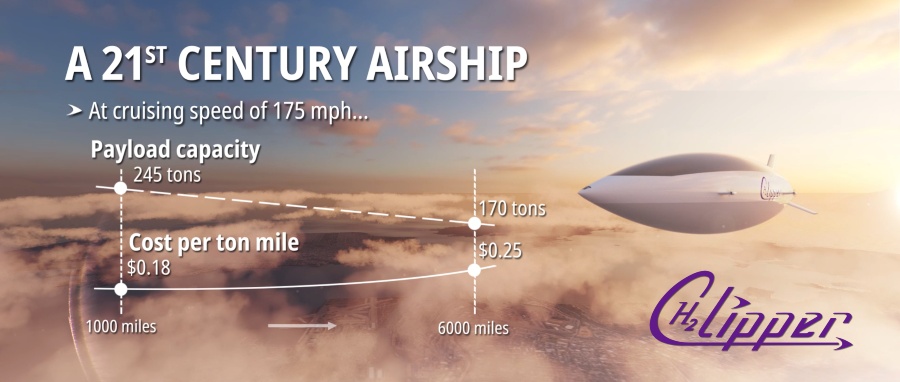
Hydrogen has the potential to make transportation cleaner and more efficient. However, as promising as it is, its distribution raises several challenges.
Hydrogen is nontoxic, but it also ignites more easily than gasoline and can make some metals brittle. This fuel must also retain high purity levels to burn efficiently and cleanly in its end-uses. As a result, distributing hydrogen safely and efficiently can be challenging, but several recent innovations provide a way forward.
Pipe-Within-a-Pipe Systems
Existing underground pipe systems provide an ideal way to distribute last-mile fuel but carry safety and cleanliness concerns. Hydrogen has different purity needs than the fluids these systems traditionally carry and may react with the metals they use. A company called H2 Clipper recently unveiled a solution: pipe-within-a-pipe systems.
This system uses hydrogen-rated flexible tubes that fit inside existing pipe networks. The pipe-within-a-pipe can preserve purity levels of 99.7% or higher and last for 50 years before needing to be replaced. They also remove the need to build new infrastructure since they retrofit into current pipelines.
Systems like this could enable clean, safe last-mile hydrogen distribution with minimal disruption. That could save governments hundreds of billions in construction costs and deliver a hydrogen-powered future sooner.
IoT Monitoring
Internet of Things (IoT) monitoring solutions can also help ensure hydrogen distribution is safe. Just as some organizations remotely monitor water quality with IoT sensors, hydrogen companies can use these technologies to keep an eye on hydrogen infrastructure health.
Equipment maintenance is critical for safe hydrogen distribution, given the fuel’s high combustibility and rapid dispersion from its low density. IoT sensors can analyze real-time data to detect leaks and other issues, alerting workers if a situation arises. They could even automatically shut off supplies until workers resolve the problem.
These quick responses can minimize lost resources from leaks and prevent severe accidents like ignition and explosions. Without this real-time monitoring, hydrogen may carry too much risk for some areas to embrace it as a fuel source.
Green Transportation
Transporting hydrogen over long distances also raises some concerns. Current storage tanks can safely keep hydrogen, but fossil fuels remain dominant in transportation, bringing secondary emissions into the equation. Trucks delivering hydrogen fuel that produce greenhouse gas emissions counteract its sustainability.
Thankfully, zero-emissions transportation options are becoming more available. Some companies even plan to use hydrogen-powered vehicles to transport hydrogen fuel.
H2 Clipper aims to use a hydrogen airship fleet to deliver the fuel across longer distances. An airship could cost less than one-fourth of traditional air freight, partly because hydrogen is lighter than air, decreasing shipment weight. These vehicles could carry 265,000 cubic feet of hydrogen up to 6,000 miles.
Green Hydrogen Needs Safe, Efficient Distribution
These technologies will improve distribution as renewable energy makes hydrogen production more sustainable. Hydrogen will become more viable as a mainstream fuel source when this process is safe and efficient. More people, companies and countries will be willing to embrace it.
These technologies may take several years to reach widespread adoption, but their potential is promising. Innovations like this could help usher in a greener future faster.


Jane Marsh, Contributor
The views and opinions expressed herein are those of the authors and do not necessarily reflect the official policy or position of Fuel Cells Works, its directors, partners, staff, contributors, or suppliers. Any content provided by our contributors or authors are of their own opinion and are not intended to malign any religion, ethnic group, club, organization, company, individual or anyone or anything.
Read the most up to date Fuel Cell and Hydrogen Industry news at FuelCellsWorks




